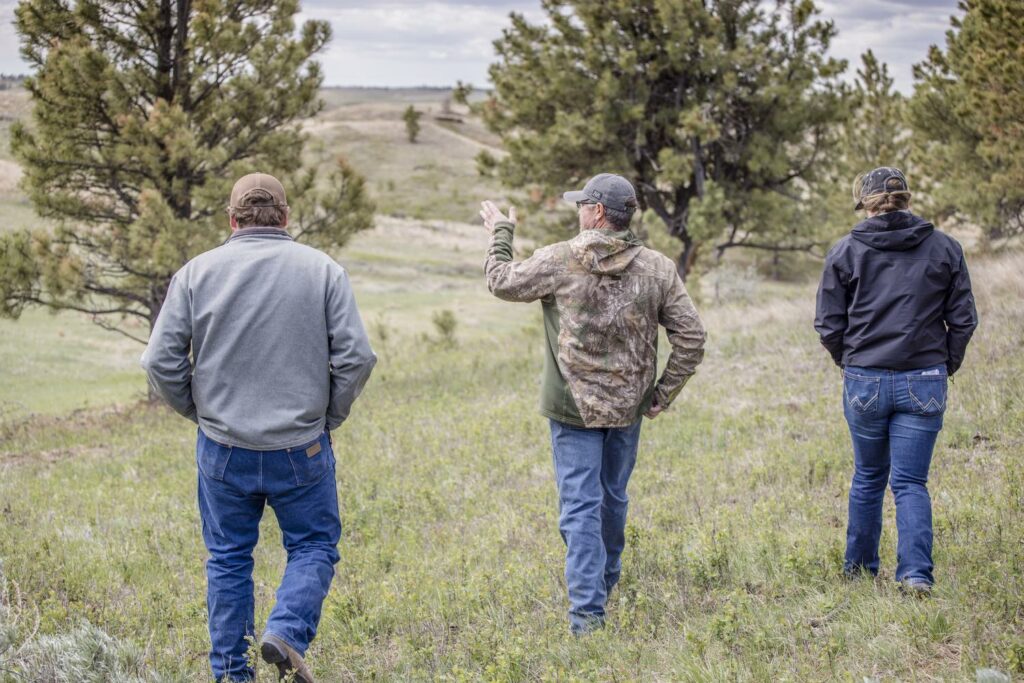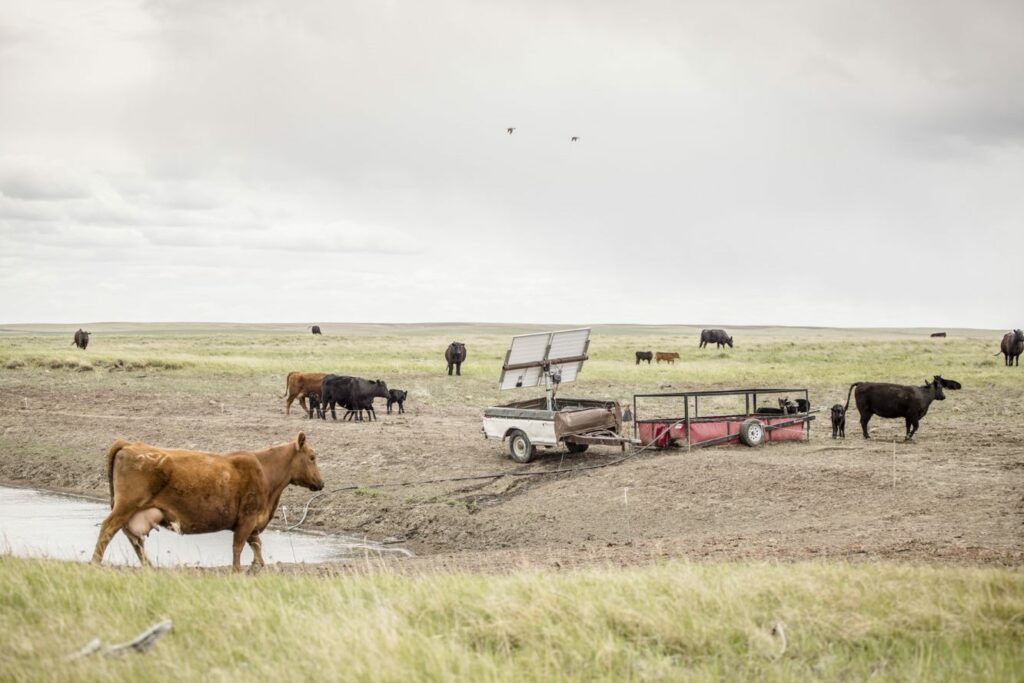Water Weary Rancher Resourcefulness

How community and the internet set one rancher’s capacity to create ablaze. Birds chirp in no-man’s land. A tall red barn, weathered paint but no hint of a lean, stands as the beacon welcoming you into the yard of Paul Williams, military veteran and newly invested Montana landowner. For all the silence, his yard is […]
Valuable Validation: Rangeland Analysis Platform Offers Ranchers Decision Support

https://youtu.be/zsdPq83BPjU Ranchers who carefully monitor and manage the range can often describe the changes they have seen over the course of several years. However, on a day-to-day basis, major changes to the landscape can be difficult to recognize and nearly impossible to quantify as some occur slowly and tend to go unobserved when viewing the range […]
Three Small Tanks with a Large Impact

If there is a water line to add, a tank to set, or a unique water set up to try, it’s likely Dusty Emond has done it on his ranch south of Malta, Montana. Of the nearly 12 miles of pipeline on his place, six new miles were added just last fall following the harsh drought […]